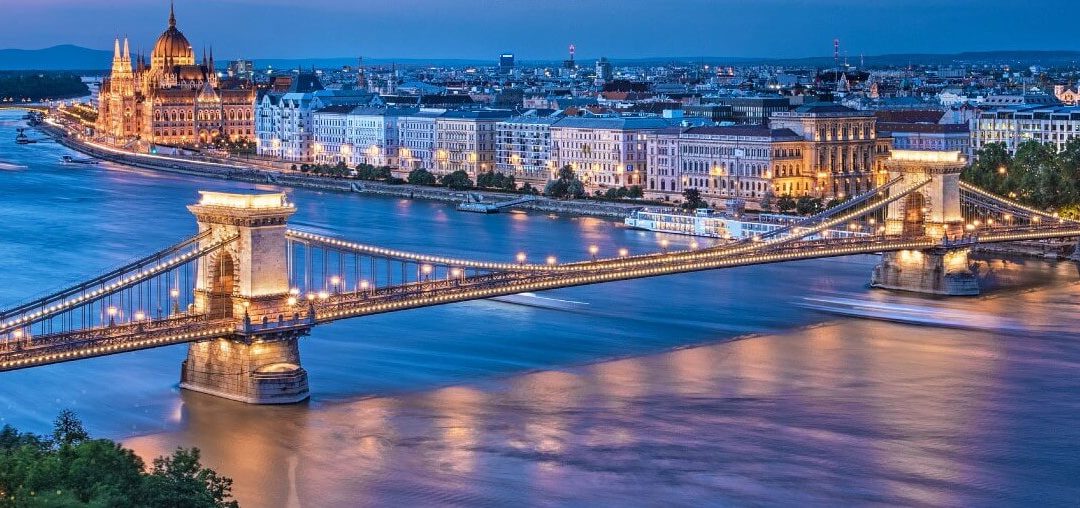Welcome to Min-On’s Music Journey! Today, the Min-On Concert Association and the Embassy of Hungary in Japan welcome you to Hungary, located in Central Europe.
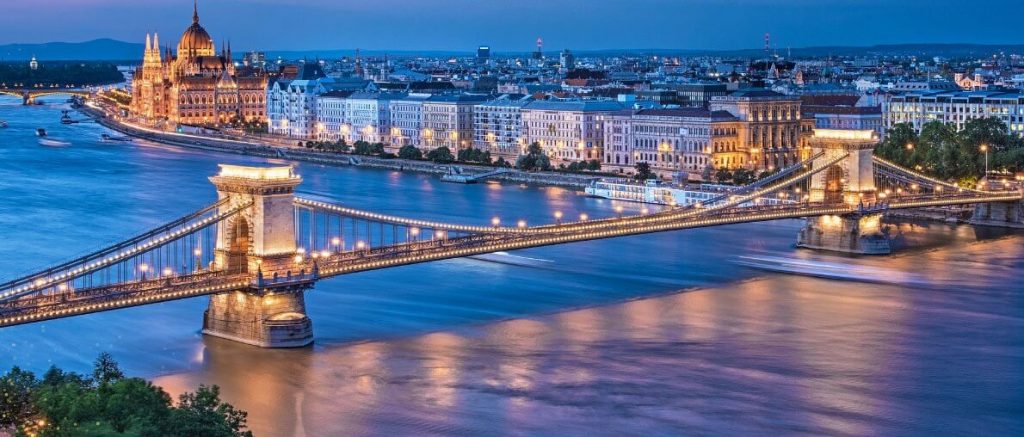
©European Best Destinations
Hungary is a landlocked country one-fourth the size of Japan and surrounded by seven others, but the majestic Danube River runs through the middle of the country, and cities dating back to the Roman era have flourished on its Western plains. Western Hungary is also home to the biggest lake in Central Europe. There are also countless thermal springs welling up throughout the entire country, and Hungary’s thermal baths are famous across the globe.
Hungary has the four distinct seasons typical of a continental climate. While its summers are hot and dry, its winters are not especially cold and the snowfall is light, even though it’s located at a higher latitude than Hokkaido.
| Travel guide for Hungary:
・Enjoy the view of the starry sky over Budapest on a dinner cruise on the Danube |
Hungary’s main roads and railroads radiate in all directions from its capital Budapest, so it’s only natural to use Budapest as our home base for today’s music-filled journey across Hungary.
The capital of Budapest, the “Pearl of the Danube”
The capital of Budapest consists of two halves separated by the Danube River: the Buda District on the west bank and the Pest District on the east bank. Many of the buildings from the period of great economic development and social stability under the reign of the Austro-Hungarian Empire during the second half of the 19th century still remain here. The beauty and historical value of the entire city earned Budapest the nickname “the Pearl of the Danube” and its title as a World Heritage Site. UNESCO registered the city in 1987 and later expanded the boundaries of the site to encompass “Budapest, including the Banks of the Danube, the Buda Castle Quarter and Andrássy Avenue” in 2005.
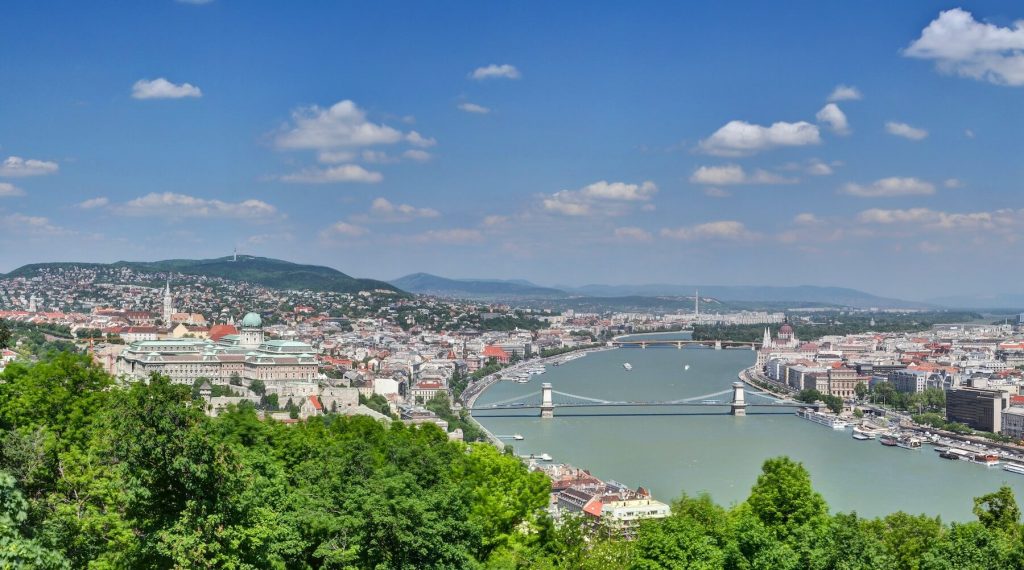
©Hungarian Tourism Agency
The Hungarian Parliament Building, a fusion of architectural styles
The Hungarian Parliament Building was completed in 1902 and is known for the majestic appearance that resulted from blending several styles of architecture. The central dome is in the Renaissance style, while the spires are Neo-Gothic and the interior is Baroque. These styles are expertly balanced with each other, creating a structure that’s known as the most beautiful parliament building in the world.
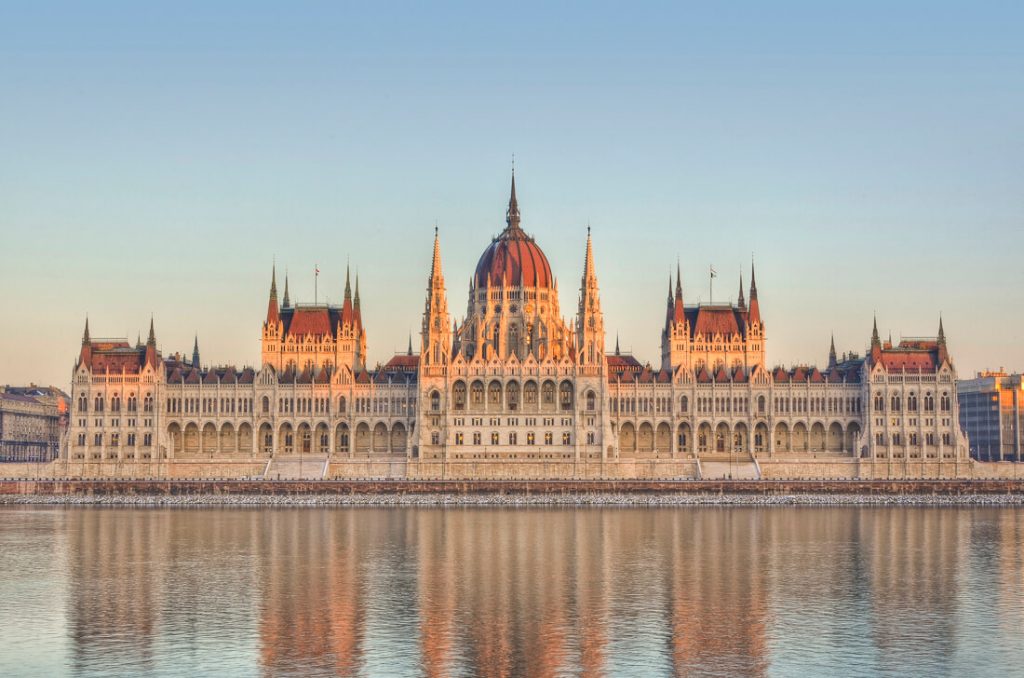
©Hungarian Tourism Agency
| Bold measures to reverse the declining birthrate
Hungary is also known for the remarkably bold measures it has taken to increase its birth rate and remedy its shrinking population, which had been decreasing since 1981. These include many striking, sweeping policies like three-year parental leave, total exemption from income tax for life until retirement for those mothers who have four or more children (plus proportionately reduced income tax for those who have one to three children) and financial aid for real estate purchases for families with one child or more. Concrete results have started to steadily appear as a result. For example, the number of Hungarians who desire children has doubled in the past ten years, the number of married individuals reached a 35-year high in 2021. |
The Széchenyi Chain Bridge, a national symbol of Hungary
Not only is the Széchenyi Chain Bridge an indispensable bridge connecting the Buda and Pest districts, but once the sun sets and the bridge is illuminated, you’ll see why it’s known as a national symbol of Hungary and one of the jewels of Europe. At night, the chains of the bridge light up and look like glowing strings of pearls. A dinner cruise on the Danube River with a perfect view of the bridge and surrounding Budapest makes for a luxurious evening.

©Hungarian Tourism Agency
The Széchenyi Thermal Bath, a place of healing
As a city well-known for its thermal baths, Budapest has some of the best in the world, for example the Széchenyi Thermal Bath, which uses water sourced from a natural hot spring more than 1,000 meters below ground. It’s one of the largest baths in Europe, and its vast facilities include three heated swimming pools and fifteen indoor baths, each offering different water temperatures.
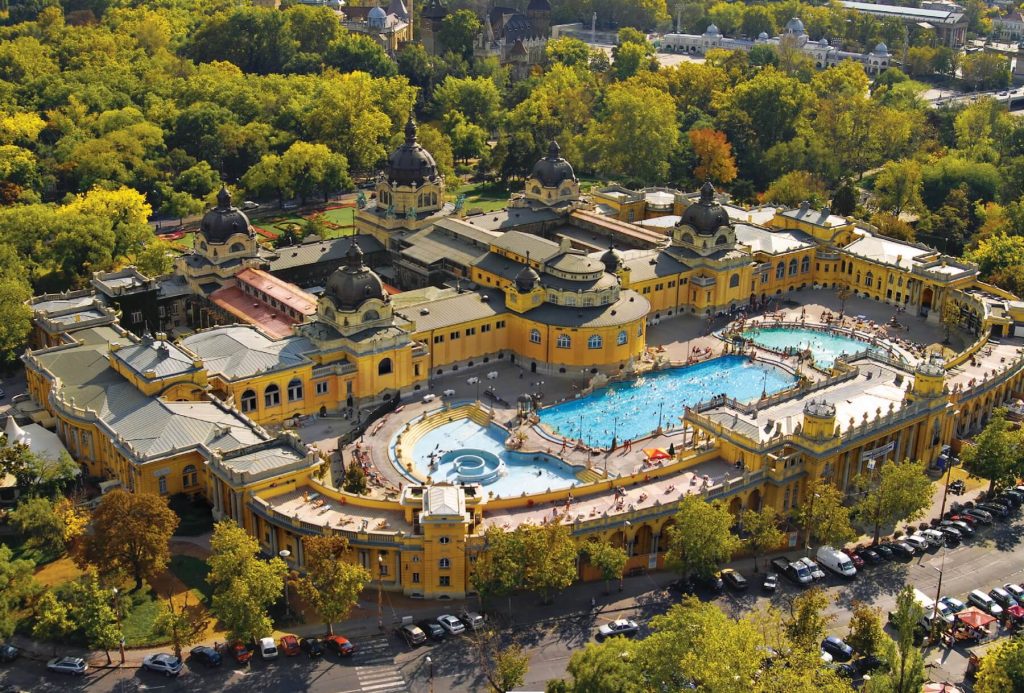
©Former Hungarian National Tourist Office
Although it’s a thermal bath, bathers must wear bathing suits, making it feel more like a swimming pool resort. Here, families and couples all relax and unwind together amidst the beautiful architecture and surrounding scenery. In the heated swimming pools, it’s a popular custom among the locals to enjoy a game of chess while half-submerged in the pool.
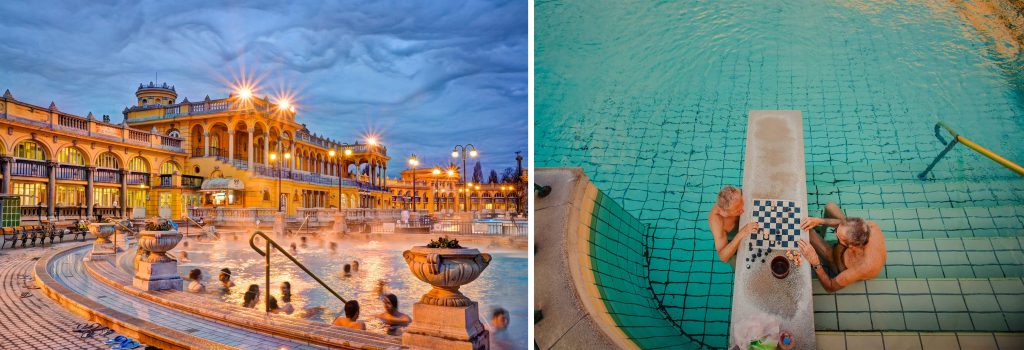
©Hungarian Tourism Agency (left) ©Gábor Erdélyi (right)
The natural environment and traditional handicrafts of Hungary
Hungary has countless sightseeing destinations throughout the country, and all of them are worth visiting at least once. For today’s journey, we’ll visit a few noteworthy places first to the southwest, then to the south and then to the east of Budapest.
Southwest Hungary: The emerald green Lake Balaton
Lake Balaton lies about 130 km southwest of Budapest. It is Central Europe’s largest lake and has beautiful, emerald green waters. The surrounding area has become a luxury resort area surrounded by vineyards, and savoring the local wine while gazing down at the lake’s surface is a truly special experience.

©Hungarian Tourism Agency(left)
Southern and Eastern Hungary: Kalocsa and Matyó embroidery
In Hungary, each region has its own unique embroidery traditions. Kalocsa embroidery, which is from the historic southern town of Kalocsa, is known for the way it arranges colorful flowers and plants on white cloth.
Matyó embroidery, which originates from the north-eastern part of Hungary, especially from the town of Mezőkövesd, uses techniques passed down over the past 200 years. UNESCO registered Matyó traditions as Intangible Cultural Heritage in 2012.
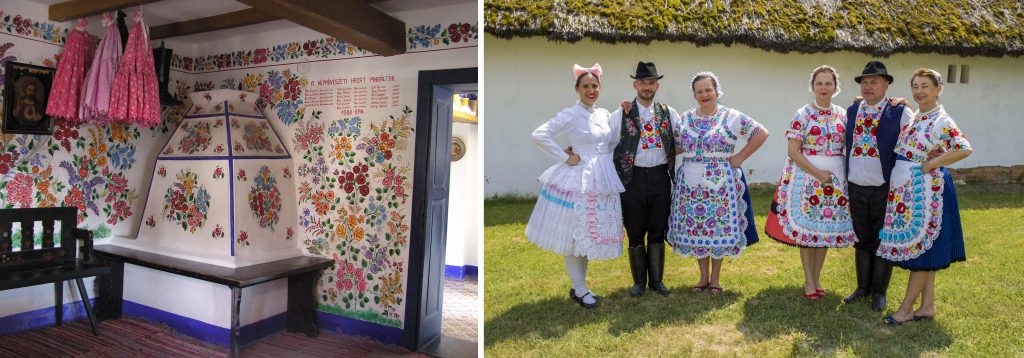
©M.KATSUTA (left) ©Ministry of Agriculture, Hungary (right)
East Hungary: Hortobágy National Park, a place to encounter rare animals
Hortobágy National Park encompasses about 800 square kilometers of Europe’s finest grasslands and is another of Hungary’s World Heritage Sites. Several species of rare animals not found anywhere else in the world inhabit this park.
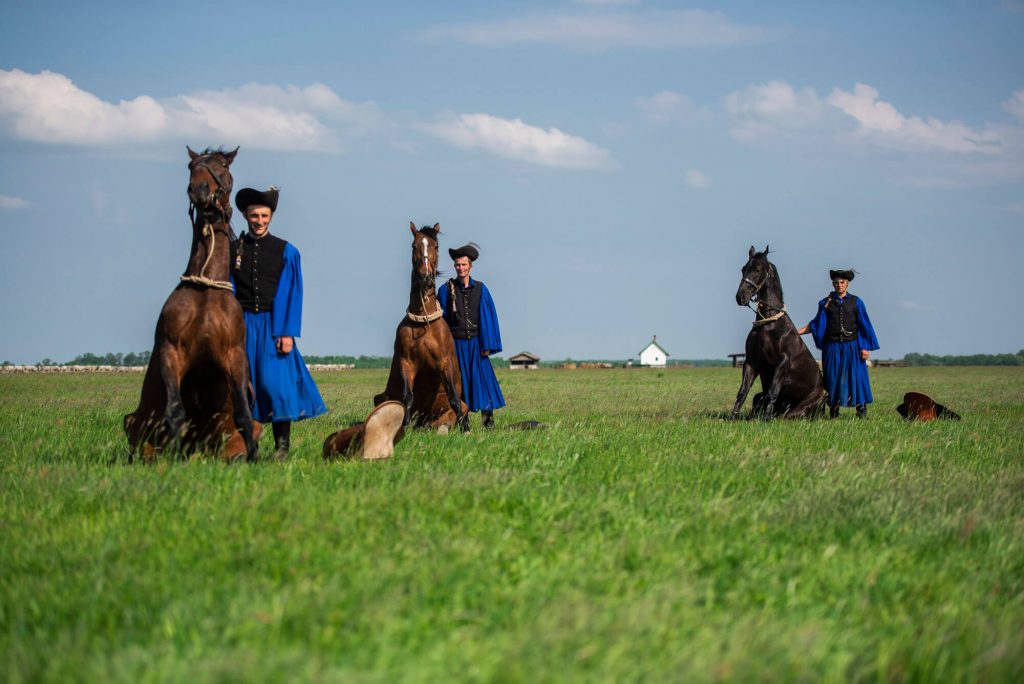
©Hungarian Tourism Agency
One of the most well-known is the racka, an ancient breed of sheep brought to the area by the equestrian ancestors of the Hungarian people when they migrated from the southern foot of the Ural mountains. Their defining trait is their fierce appearance that runs contrary to the docile look you’d expect from sheep.

©Agroinform
Hungary’s fascinating creatures
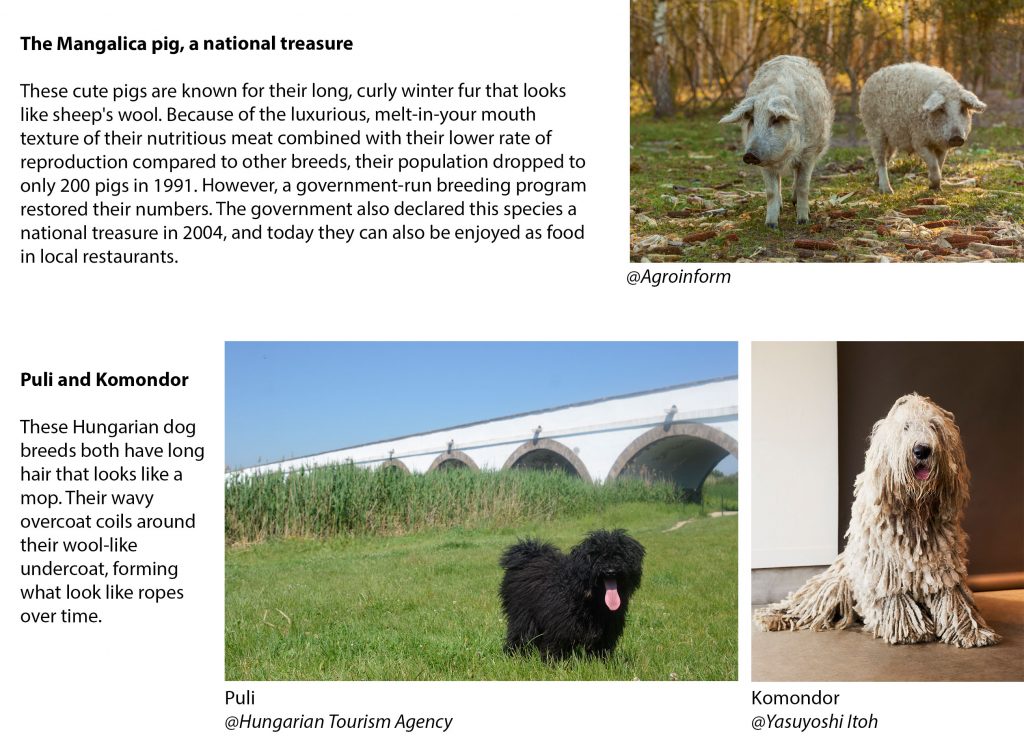
Hungarian fruit spirits and traditional cuisine
The most essential ingredient to Hungarian cuisine is paprika. The distant ancestor of paprika is the chili pepper from South America, and after it was brought to Europe, was introduced to Hungary around 1500.
As a result of selective breeding in Hungary, a non-spicy type of paprika was produced, which then became a widespread ingredient, along with the spicy type. Dried and powdered paprika in particular became an indispensable seasoning for traditional Hungarian cooking. Fresh paprika, on the other hand, is a breakfast staple and is also widely used in dishes like stews.

©Hungarian Tourism Agency
One other important example of Hungarian food culture is the Hungarian fruit spirit called pálinka. It’s made from fruits like apricots, pears, plums and cherries. It’s known for its rich fruity flavor and its aroma that is so luxurious that it’s described as “perfume you can drink.”
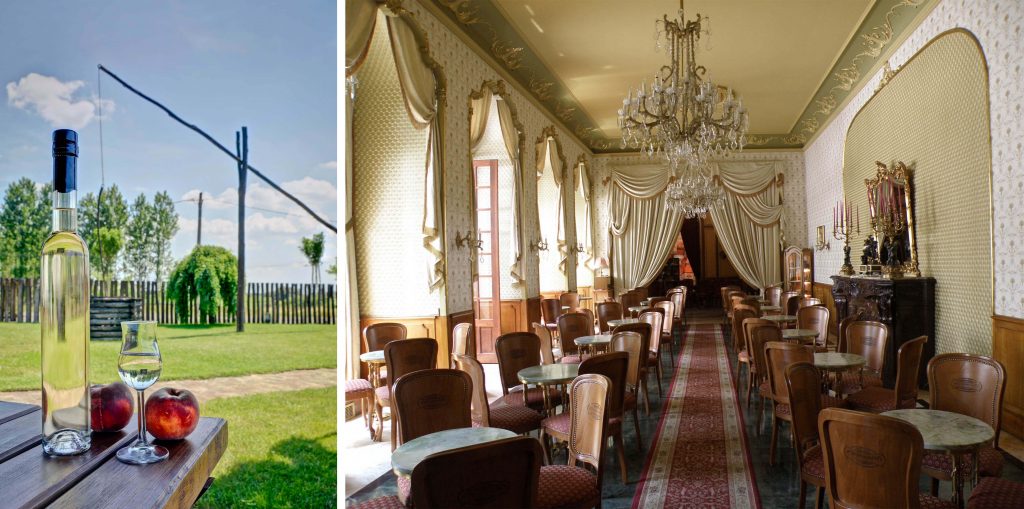 ©Hungarian Tourism Agency (left) ©M.KATSUTA (right)
©Hungarian Tourism Agency (left) ©M.KATSUTA (right)
Hungarian music culture
Min-On has enjoyed taking part in many cultural exchange events with Hungary, including the concert of The Hungarian State Folk Ensemble and The Hungarian Gypsy Ensemble.
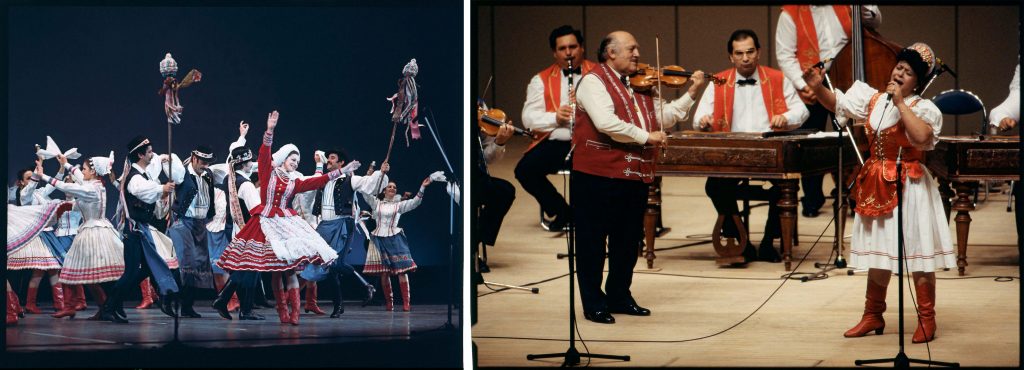
The Hungarian State Folk Ensemble (1977) (left) Hungarian Gypsy Ensemble (1993) (right)
Musicians from Hungary
Hungary is the birthplace of many great musicians like Ferenc Liszt (1811–1886), who captivated all of Europe during the 19th century, and Béla Bartók (1881–1945) and Zoltán Kodály (1882–1967), who studied and collected folk music.
Hungary is home to many great musicians who are still active today, like Roby Lakatos (1965–present), a phenomenally talented violinist who bases his music on the Romani style.
The Hungarian State Opera, established in the capital of Budapest in 1884, is one of Hungary’s iconic cultural institutions. The opera house holds performances from many groups, including the country’s oldest orchestra, the Hungarian State Opera Orchestra, as well as the Hungarian National Ballet and world-renowned singers.
Please enjoy this video recommended by the Embassy of Hungary that shows the extensively renovated Hungarian State Opera after it reopened in March 2022.
The refurbished Budapest Opera House
| Ferenc Liszt and Hungary
Ferenc Liszt, the composer of many masterpieces like “Love’s Dream” and “La Campanella,” was born in the little village of Doborján (Raiding) during the reign of the Hungarian monarchy. This village is now part of Austria, and Liszt himself also moved to places like Vienna and Paris when he was young, so his work is often considered to be German Romantic. However, evidence of his devotion to his homeland still remains in various parts of Hungary, including the Liszt Ferenc Academy of Music, a traditional music school that Liszt founded in Budapest. In addition to that, his masterpiece “Hungarian Rhapsody” is famous for its Hungarian folk and Romani music influences. As someone who traveled all over for concerts from a young age and who kept one foot in Weimar, Rome and Budapest simultaneously throughout his twilight years, he did not speak his mother tongue very well, but even so, he never hesitated to call Hungary his homeland. |
Musicians recommended by the Embassy of Hungary in Japan
In closing, we would like to introduce musicians recommended by the Embassy of Hungary in Japan.
- Cantemus Choral Institute
The Cantemus Choral Institute is an organization, which manages all the choirs in the Cantemus Choral Family. The choirs have all received numerous international prizes worldwide, the members of which are all one-time pupils of the Zoltán Kodály Primary School in Nyíregyháza, Hungary where their musical education began and what is more, they were all guided by Maestro Dénes Szabó, who has been a teacher, a musical educator, a conductor and the director in the choral family ever since the beginning, 1975 when the first choir was founded in the primary school. Since its formation, the choir has achieved the highest standards in choral performances and has traveled extensively to perform concerts, compete, and in festivals in countries throughout Europe and the rest of the world – including Australia, Canada, Japan, Korea, South America and the United States of America.
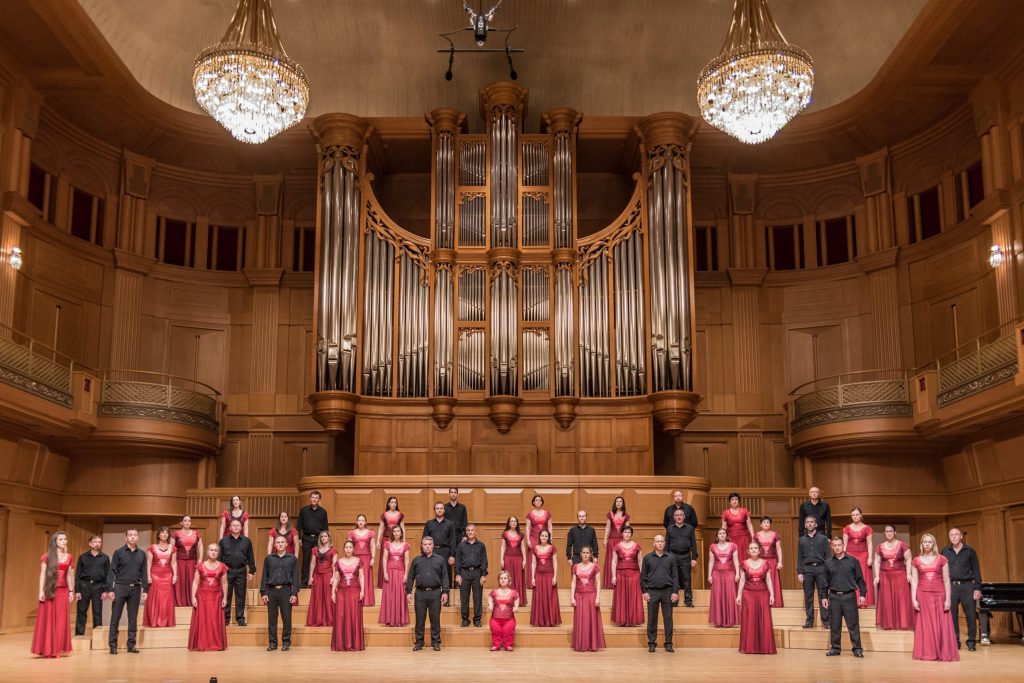
The Cantemus Choral Institute manages all choirs in the Cantemus Choral Family
- Tímár Együttes / Csillagszemű
“Lakodalmas” – Wedding traditions of Hungary
Dances from Szék
The Timár Együttes is a group of dancers, who grew up in the 1993 founded Csillagszemű Children Dance Ensemble. The Ensemble’s aim is to display their master’s work from the perspective of the youth of the 2020s. The dance education is done by the Timár-method, which essence lies in getting the still vividly alive traditions of folk dance and music with as many children as possible and at the earliest possible age not only as a heritage value, but also as a lived experience of everyday life. This experience – due to its wonderful educational power and community creation impact – is crucial for the rising generation. Sándor and Böske have been teaching Hungarian folk dance in Japan since 1978 and the dance group also had the privilege to perform in front of the Japanese audience in more than 20 cities around Japan.
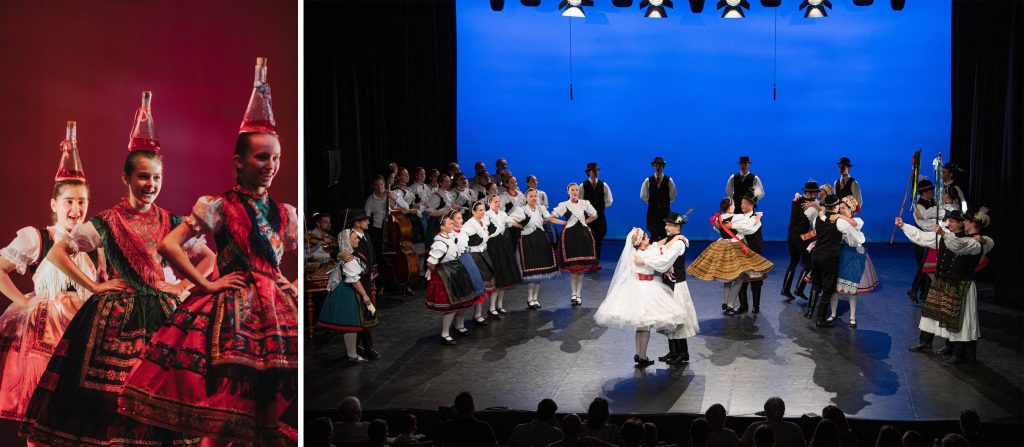
The Timár Együttes and their Csillagszemű Children Dance Ensemble
- Budapest Saxophone Quartet
Budapest Saxophone Quartet & David Kanyo play Morricone’s film music
Budapest Saxophone Quartet plays Mike Curtis: Ivan na donka dumase
After more than 2,000 concerts around the world, the 27 years old Budapest Saxophone Quartet is still going strong with the initial line-up of four friends who established the quartet in the Liszt Academy Budapest and then graduated together as a chamber group in CNSMD Paris, France. The BSQ performed in more than 25 countries like the USA,Canada, Japan, South-Korea, Mauritius, Qatar, Israel, Russia and all over Europe as well. One of their specialities is to invite guest soloists, mainly singers but also piano, trumpet, saxophone, harpsichord, organ, oboe and flute players. They won 6 prestigious competition prizes in Hungary, Germany and Italy and were awarded the Artisjus prize in 2009 for the “Highest Level Interpretation of Contemporary Music.”
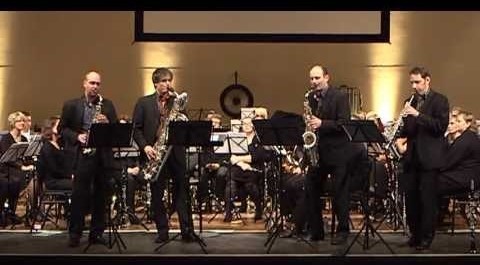
The Budapest Saxophone Quartet live on stage
- Jávorkai Brothers
Pablo de Sarasate: Zigeunerweisen (Jávorkai Brothers)
Sándor and Ádám Jávorkai are brothers with one year difference, both were born in Győr. After completing their music education in Hungary, they attended the University of Music and Performing Arts in Vienna. As concert masters and soloists, they have been performing alongside well-known orchestras and other artists in Europe and in other overseas cities, festivals and concert halls. In 2009 the Jávorkai brothers were named as “Artist of the Year” by Jeunesse Musicale and Bank Austria.

Violinist brothers Sándor and Ádám Jávorkai
What did you think of your music journey to Hungary? There are still many more places to go! Please look forward to our next destination.
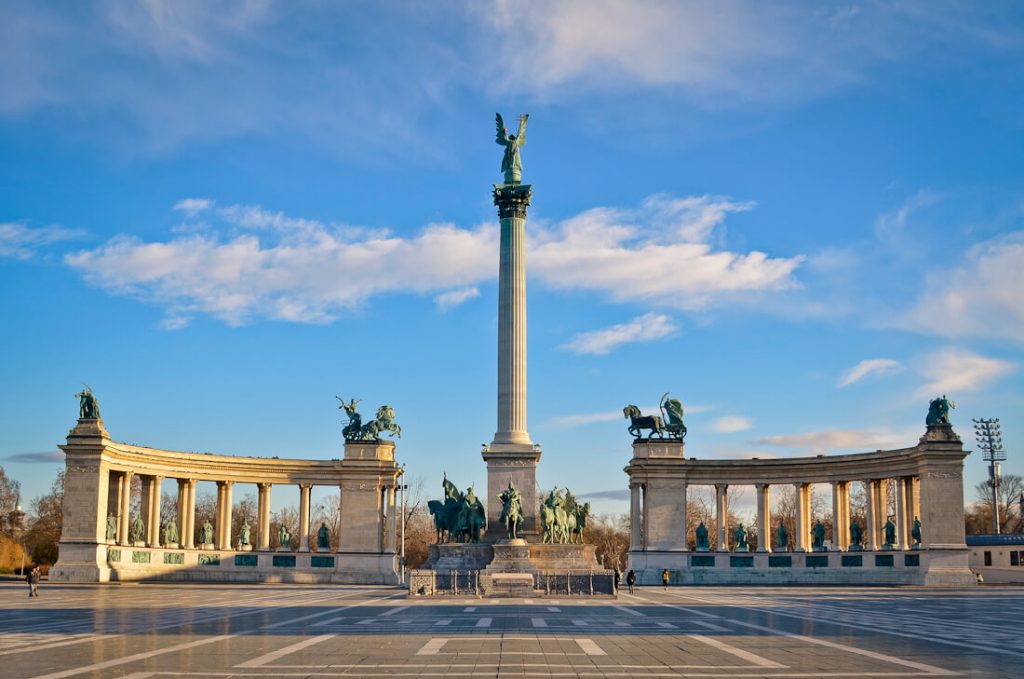
©Hungarian Tourism Agency
(Produced in collaboration with the Embassy of Hungary in Japan, who also provided photos.)
Min-On Concert Association
-Music Binds Our Hearts-


